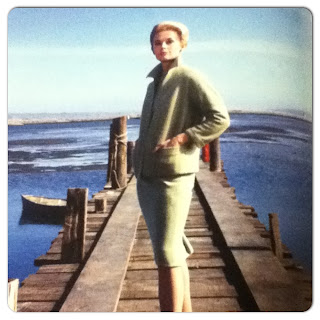A couple of days ago the BFI sent me the programme for the London Gay and Lesbian Film Festival, while I was looking at the calendar to see which events to attend I was delightful to find this:
Three events will take place between the 16 and 17 March: Pasolini's last words directed and produced by Cathy Lee Crane ( Sat 16, 21:00 STUDIO, or Sun 17 20:50 NFT3), Salò, or the 120 days of Sodom directed by Pasolini ( Sun 17, 18:10 NFT1), and Queer Pasolini, an engaging talk on the tensions between his political positions and his queerness ( Sun 17, 15:00 - 17:30 BFI REUBEN LIBRARY).
 My surprise is due to the fact that his films didn't have an easy life in Italy, his own country. He was poet, writer, director, screenwriter, actor and journalist, but his persona hasn't always been entirely recognized, but mostly obstacled. We shouldn't forget the treatment he received by the Catholic Church, it's inevitable when a religion has such a strong influence on an entire country as Italy. His short film based on a reconstruction of the Passion of Christ entitled La Ricotta, released in 1963, was immediately confiscated and Pasolini accused of offence to the religion of state.
My surprise is due to the fact that his films didn't have an easy life in Italy, his own country. He was poet, writer, director, screenwriter, actor and journalist, but his persona hasn't always been entirely recognized, but mostly obstacled. We shouldn't forget the treatment he received by the Catholic Church, it's inevitable when a religion has such a strong influence on an entire country as Italy. His short film based on a reconstruction of the Passion of Christ entitled La Ricotta, released in 1963, was immediately confiscated and Pasolini accused of offence to the religion of state.The Italian Constitution was proclaimed on 1 January 1948. The articles 7 and 8 clearly state the division between the State and the Church, and the freedom of religion.
However, he was condamned to 4 months of prison.


Between his films I find his adaptations from literary works very interesting. For example. he adapted the Decameron, The Canterbury Tales and of the Arabian Nights. He dedicated this trilogy to life, I think it's brilliant because it shows how interested he was in other cultures and traditions, in accepting the otherness.
 In these days, especially, remembering great Italians, those people who honoured my country with that great thing called CULTURE, is my consolation. Believe me, honor Pasolini and recognize his homosexuality would still be difficult in Italy today.
In these days, especially, remembering great Italians, those people who honoured my country with that great thing called CULTURE, is my consolation. Believe me, honor Pasolini and recognize his homosexuality would still be difficult in Italy today. The BFI not only homages him with these events, but with an entire retrospective between the 1 March and the 9 May.
I hope I'll have the chance to see most of his films, in a city that does not criticize people for their sexual orientation, their being different and unique. Thank you London e grazie Pier Paolo. Sometimes you need to go away to find your roots.
"L'Italia cioè non sta vivendo altro che un processo di adattamento alla
propria degradazione. [...] Tutti si sono adattati o attraverso il non
voler accorgersi di niente o attraverso la più inerte sdrammatizzazione."
Pier Paolo Pasolini
P.S. : this quotation is in Italian, because its meaning is particularly connected to what is happening in Italy right now. History repeats itself.
































